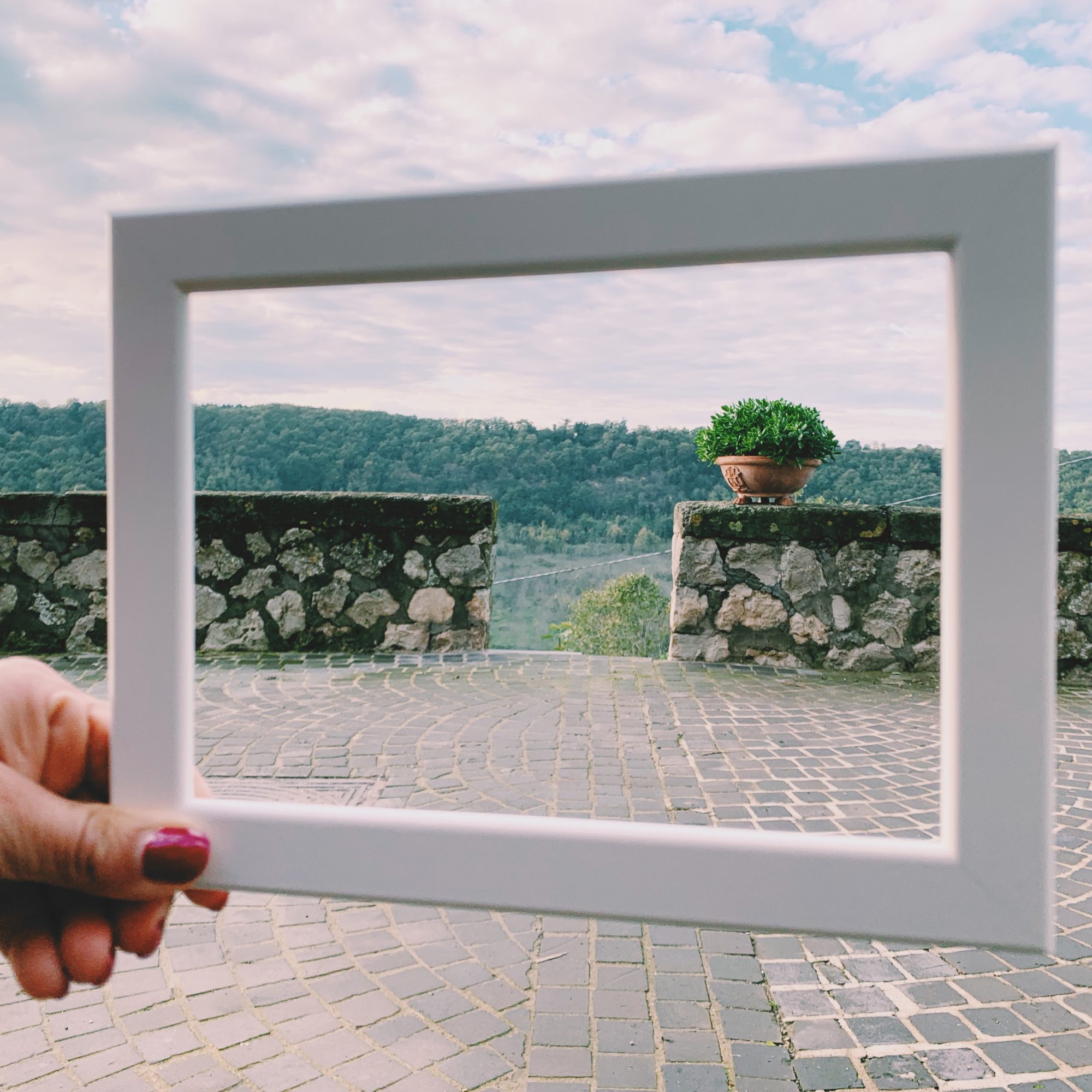Back in the days when film ruled the photography world, I was presented with a fascinating dilemma: to edit or not to edit a photograph. Imagine one of those picturesque moments, say, a stunning sunset painting the sky in hues of gold and purple. You capture it, and when you finally see your click transformed onto a physical film, you realize the colors don’t match your memory of the spectacle. Would you go ahead and tweak the contrast, adjust the saturation perhaps? Or would you rather stay true to the film and accept the mismatch?
Fast forward to the digital era, the line between ethical and unethical photo editing has become somewhat blurred. A shocking statistic reveals that nearly 68% of adults on social media agree to have altered their personal images before sharing them. But what happens when the same habits creep into professional photography? More importantly, where is the ethical line drawn when it comes to photo manipulation?
It’s not uncommon to see a model’s skin smoothened until it’s virtually poreless or a landscape’s colors exaggerated to fantasy levels in commercial photos. In pure ethical terms, is this acceptable? Or does it mimic those false advertising claims we’re all too familiar with?
This draws us into the labyrinth of ethics inside the realm of photography, a deep and winding vortex that reforms how we perceive visual truth. Let me tell you, it’s not the deep waters of Photoshop alone, but recent advances like AI deepfakes and the oh-so-popular Snapchat filters that add to these tricky tides. Consider this a reminder that practices like consent boudoir photography, where honesty between photographer and model is paramount, makes navigating the ethical labyrinth just a tad simpler.
Now, before you raise your pitchforks against editing, allow me to play devil’s advocate. There’s an argument that editing is essential in translating a photographer’s vision into reality. You see, our eyes are far more sophisticated than any camera sensor. They can perceive more dynamic range, see broader spectrums of color and adjust to light changes much faster. Therefore, some argue, photo manipulation is simply a tool used to bridge this gap and recreate the reality as the photographer perceived it rather than how the camera captured it.
However, this fine line between enhancement and alteration becomes much more evident in portrait photography. Consider how a touch-up here, a tuck there, can totally transform a human model. The fashion and advertising industries, particularly, are infamous for over-editing images to the point of misrepresentation. Yes, a bit of blemish removal might be innocuous, but what happens when a model’s waist is digitally cinched or their skin color is deliberately lightened or darkened? This isn’t simply aesthetics at play – here, we trespass into the terrain of body positivity and racial representation, with potential social implications.
Therein lies the paradox of photo manipulation – a ‘necessary evil’ some might say. But is it really?
Perhaps the real question we should be asking isn’t whether photo manipulation is outright ethical or unethical, but rather where we set the boundaries between creativity and truth. Yes, photography is undeniably an art, and like with all art forms, the interpretation and presentation are the artist’s prerogatives. However, in an era where ‘fauxtography’ is gaining momentum, it’s crucial to evaluate the ethical implications of our creative liberties.
And for professionals, there’s more at stake than just artistic expression. Claiming expertise in photo manipulation can even help you land a coveted job. But it should come with the understanding that it’s the ethical practice of this skill that truly elevates a good photographer to a great one. The respectful practice of balancing accuracy with aesthetics forms the cornerstone of responsible photography.
So, is photo editing a right or a wrong? As with most ethical dilemmas, it’s not quite black or white. Instead, our moral compass should guide us through the grayscale spectrum of photo manipulation. And remember, at the end of the day, the most cherished photos are those that illicit emotions, not just a ‘wow’ for the technological wizardry behind them.


0 Comment